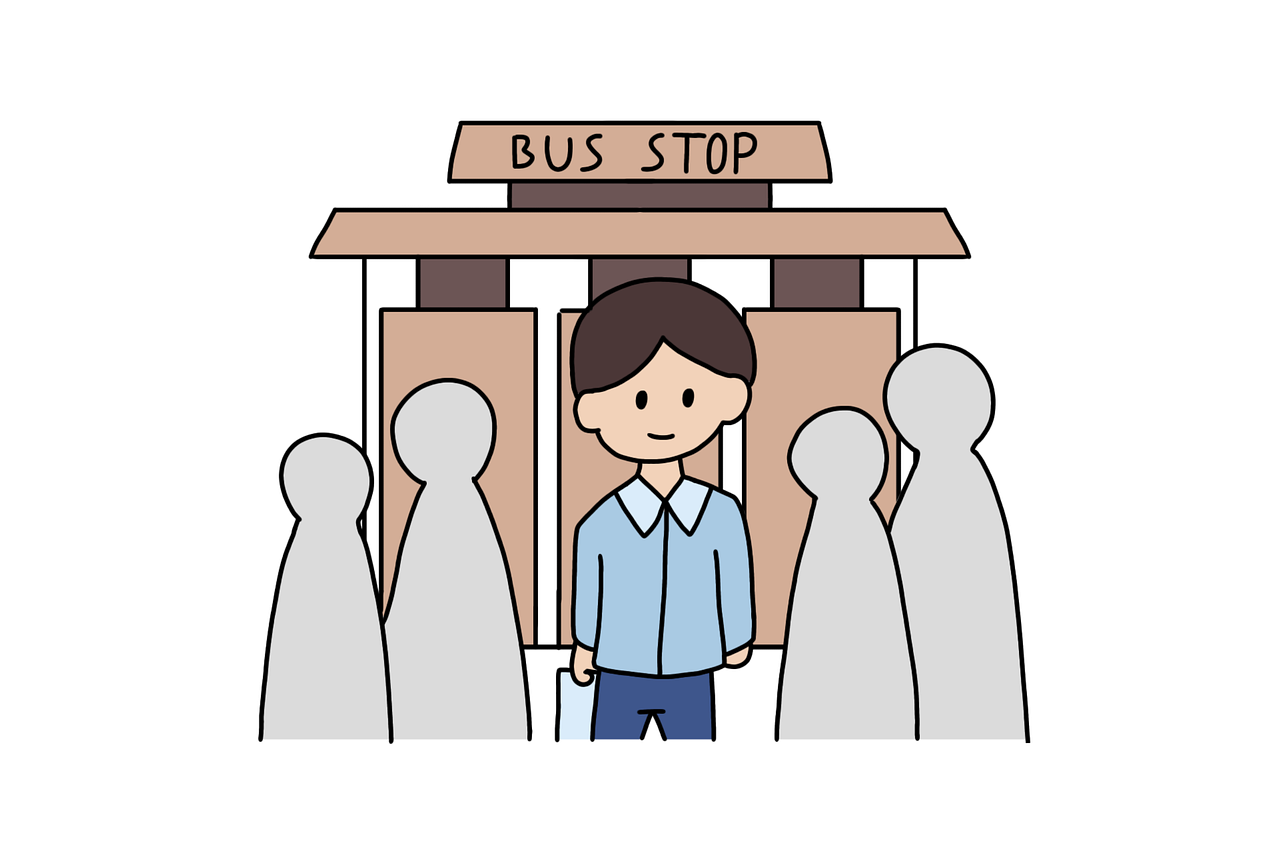Balancing Work and Home: Strategies for a Harmonious Daily Life
In today’s fast-paced world, achieving a balance between work and home life is a common struggle. With the advent of technology and the demand for constant connectivity, the lines between personal and professional life often blur, leading to stress and burnout. However, creating a harmonious daily life is possible with the right strategies. This article delves into effective methods to manage your dual roles effectively while maintaining your well-being.
The Importance of Work-Life Balance
Understanding the significance of work-life balance is the first step toward achieving it. When we talk about a balanced life, it refers to the state where professionals can equally prioritize the demands of their career and the needs of their personal life. Maintaining this balance is crucial as it influences mental health, job satisfaction, relationships, and overall quality of life.
According to the Centers for Disease Control and Prevention, work-related stress is a significant issue that affects many individuals. Striking a balance helps reduce stress and prevents burnout, leading to a healthier and more productive life.
Identifying the Challenges

Balancing work and home life is not without its challenges. Understanding these hurdles is essential for effective management. Some common challenges include:
- Time Management: With only 24 hours in a day, managing time effectively between work and personal responsibilities can be daunting.
- Technology Overload: The constant connectivity through smartphones and laptops often leads to the inability to disconnect from work.
- Workplace Culture: Some organizational cultures reward long hours, making it difficult for employees to leave work at work.
- Personal Expectations: Self-imposed expectations to excel in every aspect of life can lead to overcommitment and burnout.
Strategies for Achieving Work-Life Balance
Implementing effective strategies can aid in achieving a better work-life balance. Here are some methods to consider:
Set Clear Boundaries
One of the most effective ways to balance work and home life is to set clear boundaries. This means defining specific work hours and adhering to them. For instance, if your workday ends at 6 PM, make it a point to disconnect from work-related tasks and focus on personal or family time. Communicating these boundaries with your employer and colleagues is also crucial to manage expectations.
Prioritize Your Tasks
Effective task management is key to balancing various aspects of life. Start by identifying tasks that are urgent and important. Utilize tools like to-do lists or digital apps to organize your day. Prioritizing tasks helps in focusing on what’s important, reducing the feeling of being overwhelmed.
The Harvard Business Review provides valuable insights into managing time effectively, which can be a great resource for anyone looking to optimize their daily schedules.
Embrace Flexibility
Flexibility can greatly enhance work-life balance. If possible, negotiate flexible work hours or remote work options with your employer. This can help you manage personal commitments without compromising your professional responsibilities. Flexibility also allows you to adapt to unforeseen circumstances, reducing stress and enhancing productivity.

Leverage Technology Wisely
While technology can be a source of distraction, it can also be an ally in managing work-life balance when used wisely. Utilize productivity apps to streamline tasks and schedule reminders. Additionally, setting specific times to check emails or messages can prevent work from encroaching on personal time.
Practice Mindfulness and Self-Care
Taking care of your mental and physical health is paramount in maintaining a balanced life. Incorporate mindfulness practices such as meditation or yoga into your daily routine. These practices help in reducing stress and increasing focus. Furthermore, ensuring adequate sleep, exercise, and nutrition plays a vital role in overall well-being.
According to the Mindful organization, incorporating mindfulness into daily life can lead to significant improvements in mental health and quality of life.
Seek Support from Your Network
Building a support network can be invaluable in achieving work-life balance. Whether it’s family, friends, or professional networks, having people to rely on can ease the burden of juggling responsibilities. Don’t hesitate to ask for help when needed, and provide support to others in your network in return.
Balancing Work and Family Life
For those with families, balancing work and home life can be particularly challenging. However, with intentional strategies, it is possible to manage both effectively.
Engage in Quality Family Time

Quality trumps quantity when it comes to family time. Engage in activities that promote bonding and communication, such as family dinners, game nights, or weekend outings. Being fully present in these moments strengthens relationships and creates lasting memories.
Share Responsibilities
Sharing household responsibilities can alleviate stress and promote harmony at home. Divide chores equitably among family members, ensuring that everyone contributes to maintaining the household. This not only reduces the workload but also fosters a sense of teamwork.
The Parenting website offers numerous resources and tips for managing family life effectively, which can be particularly helpful for parents striving to maintain balance.
Takeaways
Achieving a harmonious balance between work and home life is an ongoing process that requires effort and dedication. By setting boundaries, prioritizing tasks, embracing flexibility, and practicing mindfulness, individuals can navigate the challenges of modern life while maintaining their well-being. Remember, it’s not about achieving perfection but finding a rhythm that works best for you and your loved ones. With the right strategies in place, a balanced and fulfilling life is well within reach.
Additional Tips for Sustaining Work-Life Harmony
While the above strategies form the foundation of achieving work-life balance, additional tips can further enhance your ability to maintain harmony between professional and personal responsibilities. These tips can be tailored to fit individual lifestyles and preferences.
Regularly Assess Your Balance
Regular self-assessment is crucial in sustaining work-life harmony. Periodically evaluate how well you are balancing your work and home life. Reflect on whether you are meeting your personal and professional goals and adjust your strategies accordingly. This ongoing process of assessment and adjustment helps in staying aligned with your priorities and adapting to any changes in your circumstances.

Set Realistic Goals
Setting realistic and attainable goals is essential in preventing burnout. While ambition is commendable, overcommitting can lead to stress and exhaustion. Break down larger goals into smaller, manageable tasks, and celebrate your achievements along the way. This approach not only keeps you motivated but also ensures steady progress in both work and home spheres.
Communicate Effectively
Effective communication is the cornerstone of work-life balance. Whether it’s with family members, colleagues, or supervisors, clear and open communication helps in setting expectations and resolving conflicts. Be proactive in discussing your needs and boundaries, and be willing to listen to others. This mutual understanding fosters a supportive environment both at home and at work.
Embrace the Power of Delegation
Delegation is a powerful tool in managing workload and reducing stress. At work, delegate tasks that others can handle, freeing up time to focus on more critical responsibilities. Similarly, at home, involve family members in household tasks. Delegation not only optimizes your time but also empowers others to contribute and grow.
Pursue Hobbies and Interests
Engaging in hobbies and interests outside of work is vital for personal fulfillment and stress relief. Whether it’s painting, hiking, or playing a musical instrument, dedicating time to activities you enjoy can rejuvenate your spirit and enhance your creativity. These pursuits provide a refreshing break from routine and contribute to a well-rounded life.
Plan for Downtime

Incorporating downtime into your schedule is crucial for maintaining balance. Regular breaks, vacations, and leisure activities are essential for recharging and preventing burnout. Make it a point to plan for downtime, ensuring that you have moments to relax and unwind. These intervals of rest are as important as productive work hours.
Adapting to Life’s Changes
Life is dynamic, and changes are inevitable. Whether it’s a career shift, a new family member, or personal growth, adapting to change is an integral part of maintaining work-life balance. Embrace flexibility and resilience as you navigate life’s transitions, and be open to adjusting your strategies to suit new circumstances.
Embrace Continuous Learning
Continuous learning is a valuable asset in adapting to change. Stay informed about new tools, techniques, and trends that can enhance efficiency and balance. Whether it’s a professional development course or a personal growth workshop, investing in learning equips you with the skills to manage life’s dual demands effectively.
Leverage a Support System
During times of change, a strong support system can provide guidance and encouragement. Whether it’s family, friends, or mentors, leaning on your support network can help you navigate challenges and celebrate successes. Don’t hesitate to seek advice or share your experiences with those who understand your journey.
Takeaways
Achieving and sustaining work-life balance is a dynamic and ongoing journey. By implementing tailored strategies, regularly assessing your balance, and embracing change, you can create a fulfilling and harmonious daily life. Remember that balance is not a one-size-fits-all concept, and what works for one person may not work for another. Ultimately, the goal is to find a rhythm that aligns with your values and enhances your overall well-being. With commitment and intentionality, a balanced and gratifying life is within reach.


